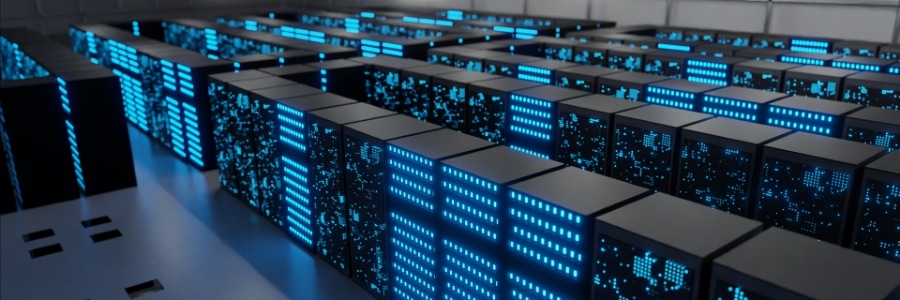
Today, servers and computer hardware are constantly being pushed to their limits. And with increased performance comes the challenge of keeping these devices cool and preventing them from overheating. In this guide, we’ll explore practical and effective strategies to keep your servers and computers cool so you can maintain optimal performance and prolong their life span.
How does high temperature affect computer hardware?
Excessive heat can adversely affect the performance and longevity of servers and computers in several ways. For starters, the constant exposure to high temperatures can cause the metal components inside these devices to expand and contract, resulting in possible warping or cracking. This, in turn, can lead to system malfunctions and crashes. In extreme cases, overheating can even cause fires or explosions.
High temperatures can also lead to thermal throttling, where the computer’s processor automatically slows down to prevent overheating. Thermal throttling can put a strain on the system, potentially causing it to crash or shut down.
How to keep your hardware cool
To prevent your servers and computers from overheating, here are some effective strategies you should implement:
Improve the airflow of server rooms and workspaces
Any room or workspace where servers and computers are housed should have proper ventilation to allow for air circulation. Proper ventilation dissipates heat and prevents hot spots from forming within the space. To optimize airflow, arrange the servers and computers in a way that allows for adequate space between them and use air filters to prevent dust buildup. Make sure that the air vents and filters are regularly cleaned and cleared of any dust or debris.
Place hardware in temperature-friendly environments
Be mindful of the physical location of servers and computers. Placing them in areas with direct sunlight or near heat sources such as radiators can increase their temperature and cause them to overheat. Choose cooler areas within the workspace or invest in server racks that facilitate better heat dissipation. Strategic positioning can significantly contribute to maintaining lower operating temperatures.
Invest in cooling solutions
Utilize dedicated cooling solutions such as air conditioners, cooling fans, or liquid cooling systems. These technologies help regulate temperatures and prevent overheating by actively dissipating heat away from critical components. Investing in quality cooling solutions is essential for maintaining a consistently cool environment, especially in data centers or areas with a high concentration of hardware.
Regularly clean and dust components
Dust accumulation on internal components can impede heat dissipation and contribute to elevated temperatures. Establish a routine for cleaning and dusting servers, computers, and their respective cooling systems. Pay special attention to cooling fans and heat sinks, as these components are particularly susceptible to dust buildup.
Monitor and manage temperature levels
Implement temperature monitoring tools to keep a close eye on the operating temperatures of servers and computers. Set up alerts for temperature thresholds, allowing for timely intervention in the event of temperature spikes. Monitoring software enables proactive management, preventing potential issues before they escalate.
Keeping servers and computers cool takes a strategic approach, from the placement of the hardware to regular maintenance and cleaning. If all this seems like something you don’t want to tackle on your own, consider working with a reliable managed IT services provider that specializes in maintaining server and computer hardware. Give us a call today and let us help you keep your systems running at optimal temperatures.



